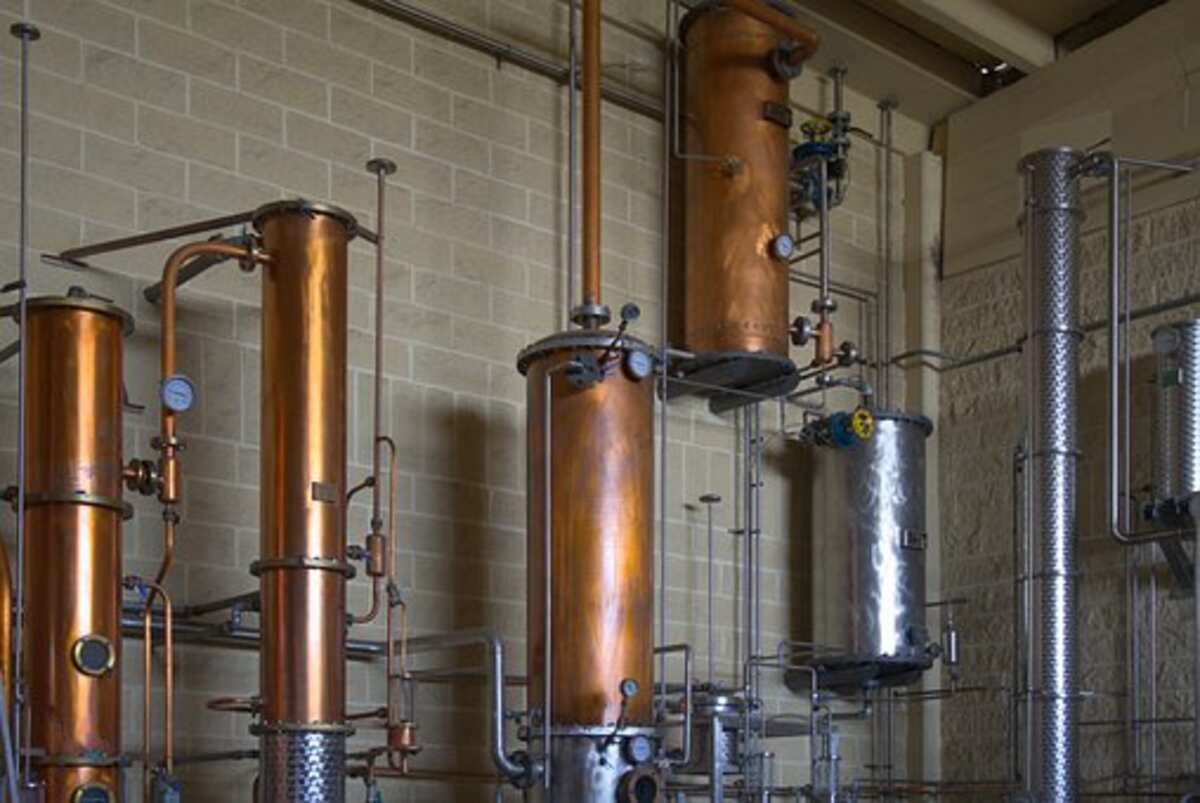Deciding And Fixing Plumbing Tones In Your Home
To diagnose raucous plumbing, it is essential to determine 1st whether the unwanted sounds occur on the system’s inlet side- when h2o is turned on or around the drain side. Noises around the inlet side have different causes: excessive water strain, worn valve and faucet elements, improperly connected pumps or other appliances, incorrectly put pipe fasteners, and plumbing-related runs containing too many limited bends or other constraints. Noises on the drain aspect usually stem from inadequate location or, as with several inlet side noises, any layout containing tight bends. Learn the best info about sewer service.
Hissing
The hissing noise when a faucet is exposed slightly generally signals increased water pressure. Consult almost all water companies if you imagine this problem; they will be able to explain to you the water pressure in your area and will install a pressure-reducing control device on the incoming water supply water pipe if necessary.
Thudding
A thudding sound, often accompanied by shuddering water lines, when a faucet or kitchen appliance valve is turned off is a condition called water sort. The noise and sto? are caused by the reverberating samsung s8500 pressure in the waters, which suddenly has no destination for a go. Sometimes opening a new valve that discharges waters quickly into a section of broiling containing a restriction, joint, or tee fitting produces the same condition.
Water retraction can usually be cured by installing weather chambers or shock absorbers inside the plumbing to which the problem valves or faucets are hooked up. These devices allow the shock samsung s8500 created by the halted move of water to scatter in the air they contain, which will (unlike water) be compressible.
Older plumbing systems often have short vertical sections to cap it pipe behind walls with faucet runs for the same reason; these can eventually pack with water, reducing and destroying their effectiveness. The solution is to drain the water process completely by shutting up the main water supply valve and opening all faucets. In that case, open the principal supply control device and close the sinks one at a time, starting with the sink nearest the valve and ending with the one furthest away.
Chattering or Screeching
Intense chattering or screeching occurs when a valve or faucet is turned on, which usually disappears when the installation is opened fully, signs lose, or defective interior parts are. The solution is to affect the valve or faucet with an all-new one.
Pumps and devices such as washing machines and dishwashers can transfer motor sound to pipes if they are poorly connected. Link such what to plumbing with plastic and rubber hoses- never rigid pipe- to isolate them.
Other Outlet Side Noises
Creaking, squeaking, scratching, snapping, and a tap usually is caused by the enlargement or contraction of pipe joints, generally copper ones giving hot water. The sounds arise as the pipes slide next to loose fasteners or punch nearby house framing. You could often pinpoint the challenge’s location if the pipes are unwrapped; follow the sound in the event the pipes make noise. Pretty you will discover a loose conduit hanger or an area everywhere pipes lie so near floor joists or different framing pieces that they clatter against them. Attaching memory foam pipe insulation around the pipe joints at the point of call should remedy the problem. Ensure straps and hangers usually are secure and provide adequate help support.
Where possible, pipe nails should be attached to massive strength elements such as foundation surfaces instead of to framing; accomplishing this lessens the transmission of vibrations from plumbing to be able to amplify and transfer surfaces. If connecting fasteners to framing will be unavoidable, wrap pipes together with insulation or other strong material where they make contact with fasteners, and sandwich the particular ends of new fasteners in between rubber washers when putting in them.
Correcting plumbing works that suffer from flow-restricting limited or numerous bends is a last resort that should be undertaken simply after consulting a skilled plumbing contractor. Unfortunately, this situation is common in older properties that may not have been constructed with indoor plumbing or have seen several remodels, specifically by amateurs.
Drainpipe Sound
On the drain side, regarding plumbing, the chief goals are to eliminate surfaces that can be knocked by falling or race water and to insulate pipe joints to contain unavoidable looks.
In new construction, tubs, shower stalls, toilets, wall-mounted sinks, and basins should be set on or next to resilient underlayments to reduce the transmission of sound. In addition, water-saving toilets and taps are less noisy than typical models; install them in place of older types even if limitations in your area still permit employing older fixtures.
Drainpipes that experts claim do not run vertically into the basement or that side into horizontal pipe extends supported at floor joists or other framings provide particularly troublesome noise complications. Such pipes are adequate to radiate considerable sto?; they also carry significant amounts of water, which makes the situation worse. With new construction, specify cast-iron soil pipes (the substantial pipes that drain toilets) if you can afford them. All their massiveness contains much of the disturbance made by water passing through these individuals.
Read also: Precisely The Objective Of Your 1st Revenue Appointment?


